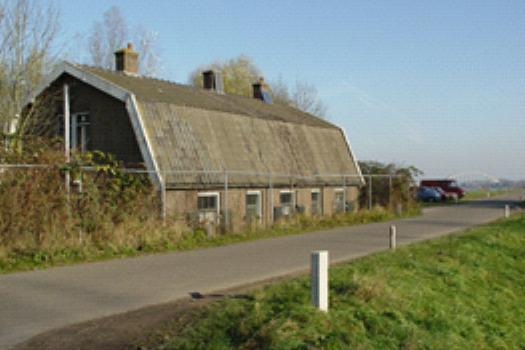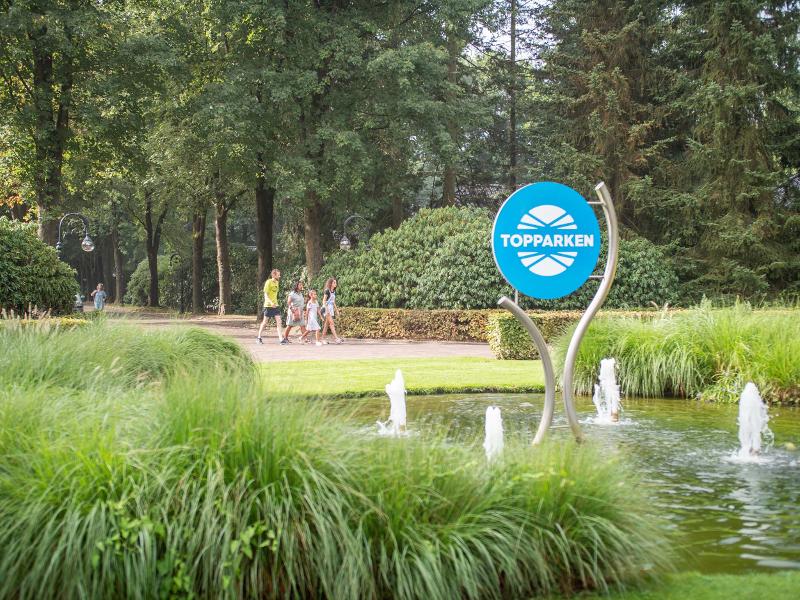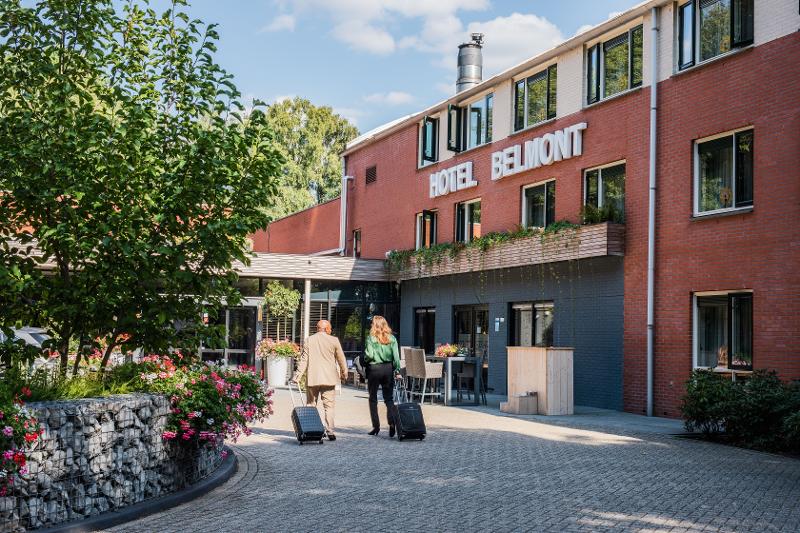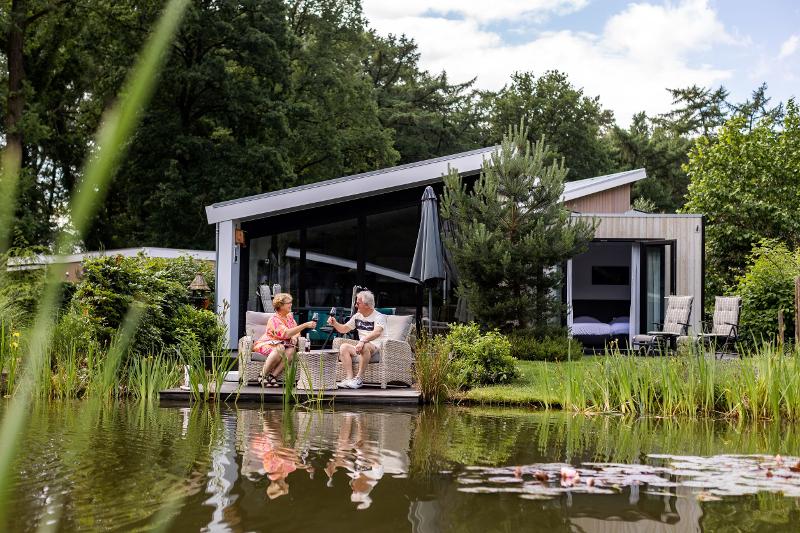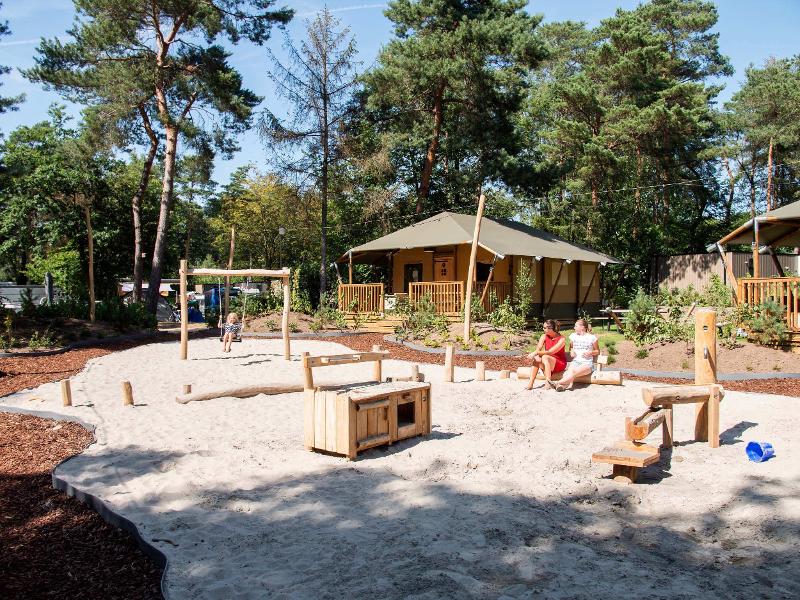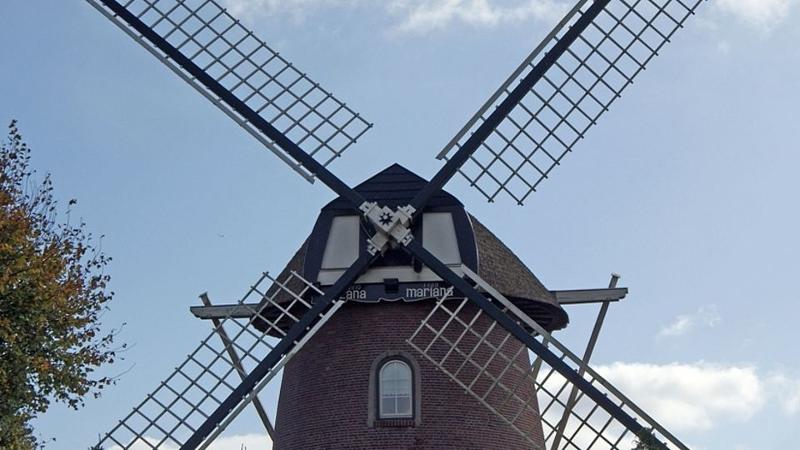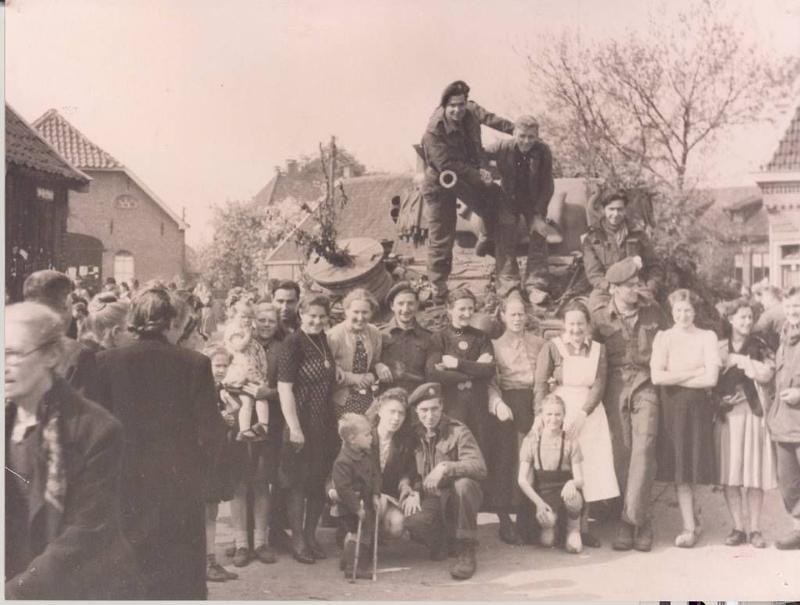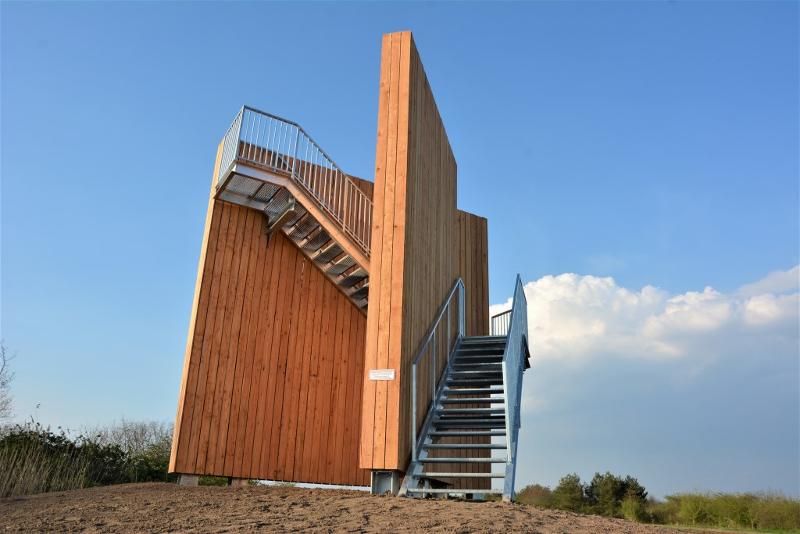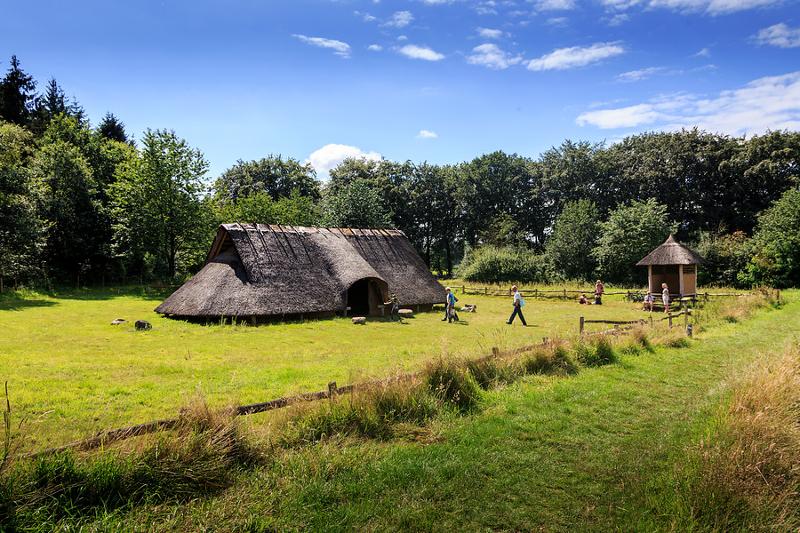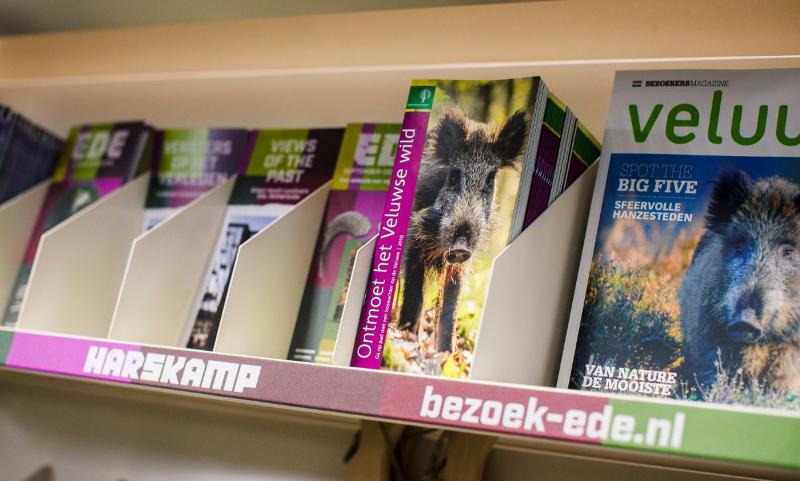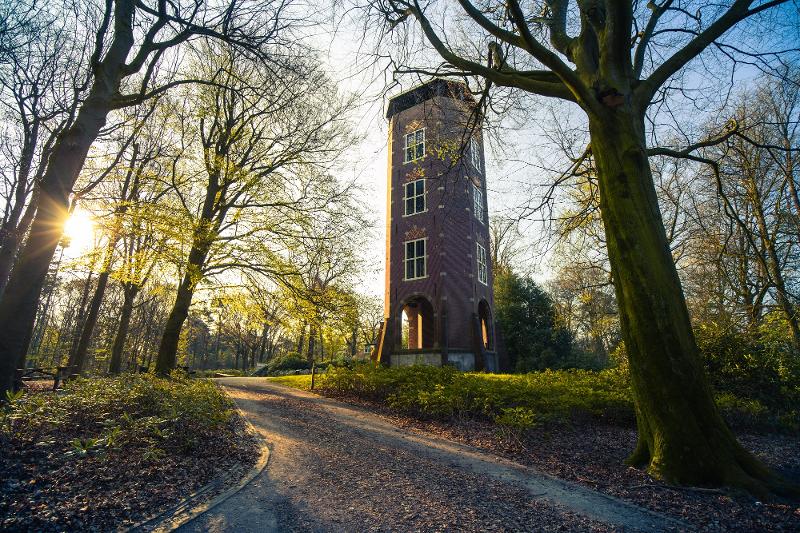The Wekeromse Zand near Ede was already inhabited in the Iron Age. The largest Celtic fields complex in our country is located in this area. Celtic fields are prehistoric fields consisting of fields of approximately 40 x 40 meters, surrounded by walls. Viewed from the air, Celtic fields look like a honeycomb. Farmers near Wekerom […]
The Wekeromse Zand near Ede was already inhabited in the Iron Age. The largest Celtic fields complex in our country is located in this area. Celtic fields are prehistoric fields consisting of fields of approximately 40 x 40 meters, surrounded by walls. Viewed from the air, Celtic fields look like a honeycomb.
Farmers near Wekerom
The earliest farmers preferred sandy soil. Although this soil was poor and yielded relatively little, the soil was easy to cultivate. When the soil was exhausted, the farmer looked for a new field. He collected stumps, stones and other rubbish from the field and piled them at the edge. In this way, over time, walls were created around the fields. To keep the cattle in and drifting sand out, shrubs were often planted on those walls. Spelled, millet, pigeon beans and later also rye were grown in the fields. Due to the poor soil around Wekerom, at most three families could make a living here.
Spieker
The prehistoric comb fields also occur in Great Britain, Ireland, Belgium and other Northwestern European countries. The name was coined by English archaeologists in 1923 and is still used in the Netherlands, although it is now clear that the system is older than the Celtic period. The Celtic fields at the Wekeromse Zand were discovered and made visible in 1996. Some of them gave up remains of farms. An Iron Age farm was recreated in 2011, complete with a grain storage shed, a so-called ‘spieker.’
Germanic Put
The Germanic Well dates from the same time, a several-metre-deep pit from which farmers in the area fetched water for their own use, for their livestock and perhaps also for their crops. To facilitate putting, a hollow tree trunk was dug into the hole. By counting the annual rings of the trunk, the so-called dendrochronological research, the well can be dated to 300 BC. be dated. The Germanic Well has now been cleaned up and reconstructed with a new oak well edge.
Address and contact
Vijfsprongweg 9
6733 JH Wekerom
